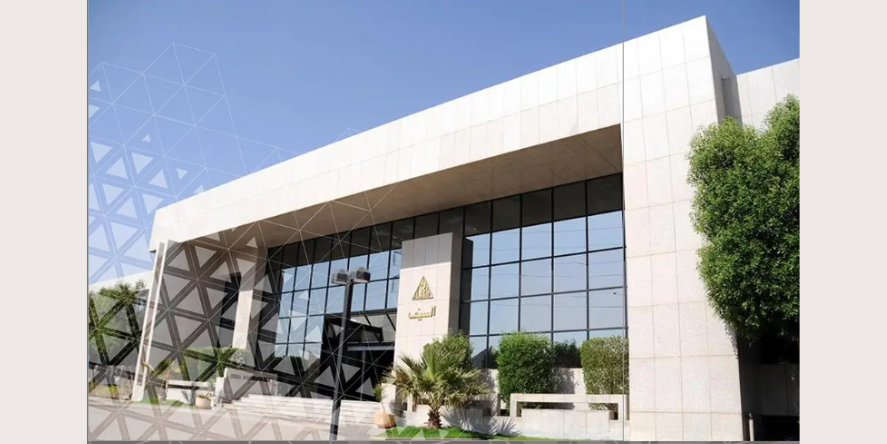Britain’s homes are as varied as its landscape, with each type reflecting different periods, designs, and socioeconomic contexts. Whether you’re planning a move or just curious about architectural styles, this article will provide a handy guide to the types of houses you’ll find across the United Kingdom.
Terraced Houses
Perhaps the most quintessentially British type of housing, terraced houses, also known as ‘row houses’, originated during the Industrial Revolution. They are characterized by their uniform design, with each house sharing side walls with its neighbors. Terraced houses are a common sight in many towns and cities, including London, Manchester, and Liverpool.
Whilst they were once seen as a solution for housing working-class families, today, many terraced houses have been renovated and modernized, increasing their appeal. In fact, some have even been Sold in Liverpool by Sold, a leading online estate agent offering a stress-free house sale.
Semi-detached Houses
Semi-detached houses became popular in the UK during the Victorian and Edwardian eras as a response to increasing demand for middle-class housing. These properties consist of two homes joined together by a common wall, offering more privacy and space than terraced houses. You’ll find semi-detached homes throughout the UK, particularly in suburban areas.
Detached Houses
Detached houses, as the name suggests, are standalone properties that don’t share any walls with neighboring homes. They offer the most privacy and space, often featuring sizeable gardens and driveways. Detached houses can range from compact bungalows to expansive country estates and are found all over the UK.
Bungalows
The bungalow, a single-story house, was initially adopted from colonial India’s architecture. These homes are particularly popular with elderly or less mobile individuals due to the absence of stairs. Today, bungalows are less commonly built due to their larger land footprint, but remain popular, especially in coastal towns.
Flats or Apartments
Flats, also known as apartments, are self-contained housing units that occupy part of a larger building. These buildings can range from converted houses to purpose-built blocks and skyscrapers. Flats are especially common in larger cities such as London, Birmingham, and Leeds where land is at a premium. They cater to a wide demographic, from students and single professionals to small families.
Cottages
Cottages, historically rural dwellings, are often associated with idyllic countryside and smaller villages. Traditionally built using local materials such as stone or thatch, cottages usually have two or more floors and a garden. They are much sought after for their charm and character and are often found in the Cotswolds, Norfolk, and Suffolk.
Mansion Flats
Mansion flats, common in London, are a grander version of traditional flats. They are found in opulent, purpose-built blocks dating from the late 19th to the early 20th century. These flats offer generous living space, and high ceilings, and often come with the luxury of a porter service.
In conclusion, the variety of UK houses reflects the nation’s rich history and the evolving needs of its inhabitants. Whether it’s the uniformity of terraced houses, the privacy of a detached home, or the convenience of a city flat, there’s something to suit everyone. With advancements in technology and the changing demands of modern living, the UK housing landscape continues to evolve and diversify, proving that there’s more to British houses than meets the eye.










